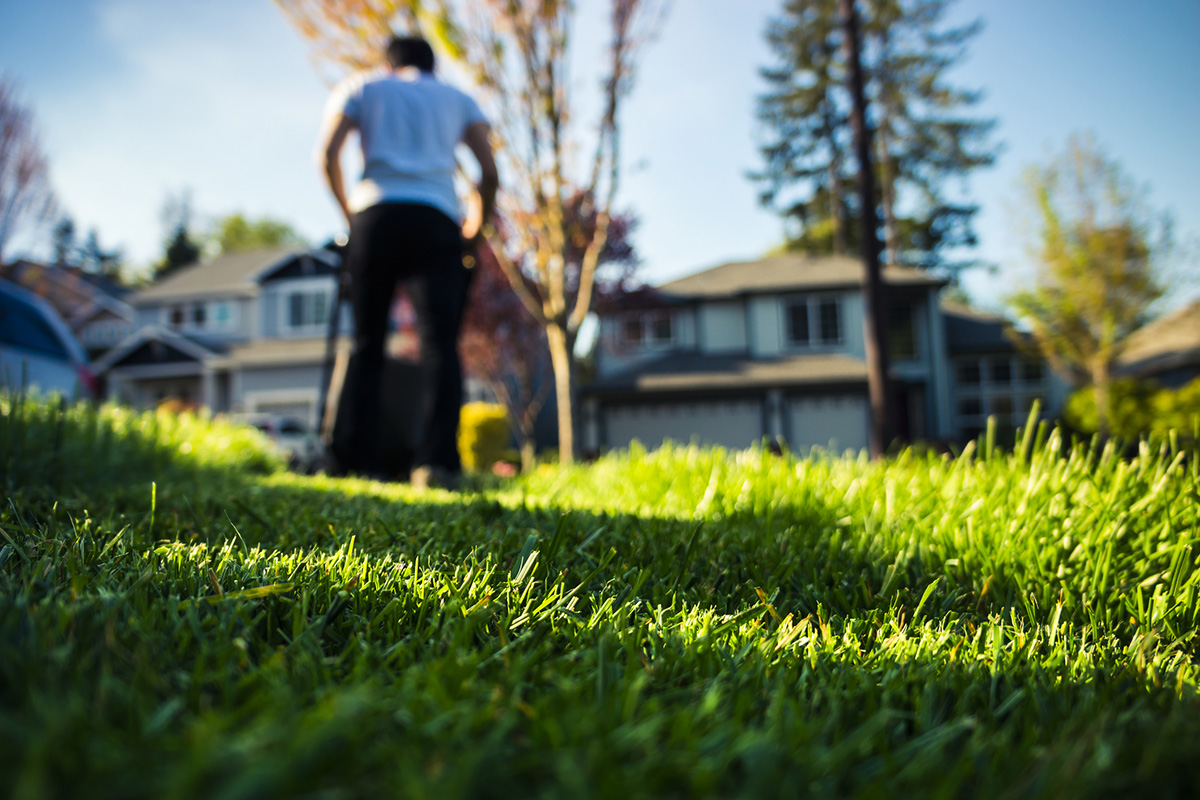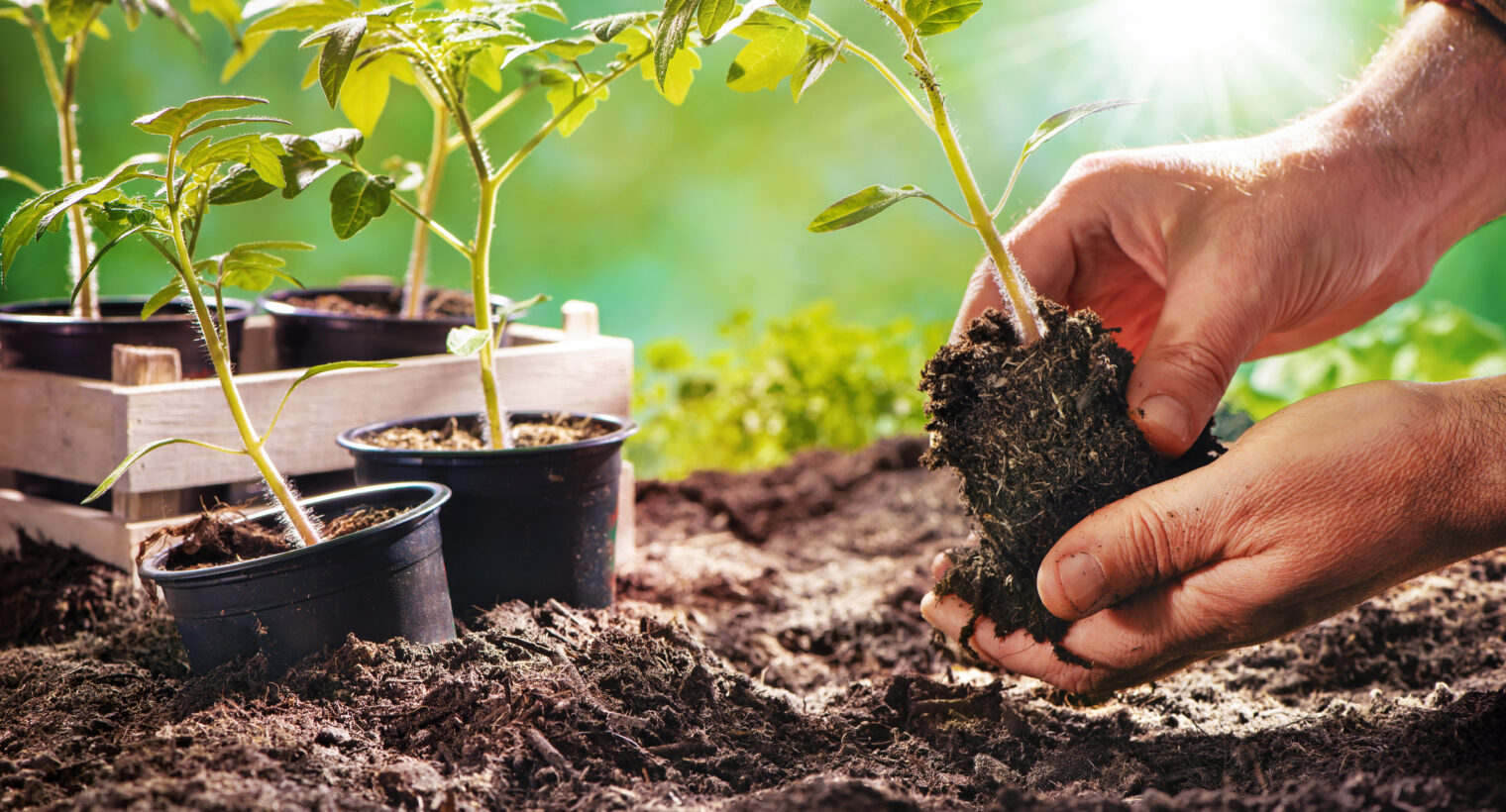By Sally Cunningham
_________________________________
In our next installment we will dig deeper into choosing, planting, moving, and tending perennials. They are appearing in garden centers during May and many can be planted now—if the soil has drained and dried out well enough. If the plants are in large pots, they will withstand a few days of cold nights and cooler soil, but tiny ones (3-inch) still have fragile root systems and will do best if you wait until the soil is consistently warmer (i.e. comfortable for your hand).
One perennial must be praised for its show during April and May (some even in March):
Hellebores rule!
If you complain about deer, too much shade, and not having enough flowers in your yard until Memorial Day, then you are missing Helleborus (aka Hellebores, sometimes called “Lenten Rose”). They even flower in late winter in the snow, and have attractive foliage throughout the year. Most grow their leathery leaves to 20 inches, and the clumps increase over time. In a large area you can treat them as a tall groundcover. Deer dislike them and they do fine in shady areas. Definitely the first flowering perennial, you often see them at flower and landscape shows.
Care includes cutting back raggedy foliage in late winter, and eventually tidying up the finished flowers. Or do nothing and they will still do well. The older species have maroon or white flowers, and newer cultivars offer two-toned blooms. My favorite is Helleborus foetidus, commonly called “Stinking Hellebore” because supposedly they smell awful. But they are gorgeous, with bright lime green flowers all winter—and who is sniffing them then anyway?
In the Vegetable Garden
See our earlier articles this season about cool-season vegetables (peas, lettuces), along with advice about not working your soil too soon. (Compaction can be deadly.)
Warm-season vegetables can often be planted in May if the soil has warmed and is well drained. Warm-season vegetable include tomatoes, eggplants, peppers, beans, squash, and pumpkins. We will answer vegetable gardening questions in June, but for now:
Browse your farmers markets to see the seedlings they are beginning to offer. You have time to make these choices. Many plants don’t grow well until nights are consistently higher than 60 degrees F. and the soil is above 65 to 70 degrees. (Each crop has specific optimum growing conditions.)
Tomato notes: Tests have shown that tomatoes that are planted in early June often catch up with tomatoes planted in mid-May in cool soil—and the early-planted ones took risks: Not only could a frost kill them or set them back, but extreme fluctuations in rainfall (too much or too little) can set in place future growth problems such as cat-facing or blossom-end rot.
Soil homework: Focus on the soil, lightly raking the surface to remove weeds and weed-seeds, and letting the birds pick out the grubs. Lightly stir in some compost if you have it. Let the soil warm up. Add several inches of Big Yellow Bag Garden Soil. Avoid tilling, which often wrecks soil structure unless it is done very lightly. Just turn over a few inches of the old soil with the amendments, and on planting days rake the surface to disturb the about-to-emerge weeds.
Seeds or seedlings? Some gardeners do well by starting seeds indoors. It is now too late for that.
Direct-seed beans and squash, after carefully reading the packets about spacing, depth, and site requirements. (You can successfully plant seedlings for squash and pumpkins also.) It is especially successful if you plant the beans just as you pull out the pea plants. (Peas get bitter and tough when the heat comes on.)
Buy and plant sturdy little tomatoes, peppers, eggplants, parsley, Brussels sprouts, melons, and others. Especially in tomatoes, a sturdy, well-rooted plant will usually produce more than a large one that is already blossoming.
Corn: Gardeners with lots of space may take pleasure in growing some corn. My opinion: Frankly, plots smaller than 20 x 20-feet square rarely pollinate sufficiently. I recommend buying corn from our wonderful local farmers, and using the space for other produce and flowers.
_________________________________
Sally Cunningham is a horticulturist and former Master Gardener, through Cornell Cooperative Extension, and a CNLP (certified nursery/landscape professional) through the wNY Nursery and Landscape Association. She is author of Great Garden Companions (Rodale Books) on organic gardening, Buffalo-Style Gardens (St. Lynn’s Press), and has provided decades of garden writing through The Buffalo News. Buffalo Spree Magazine, and many Rodale Books and Yankee Publications.
_________________________________


